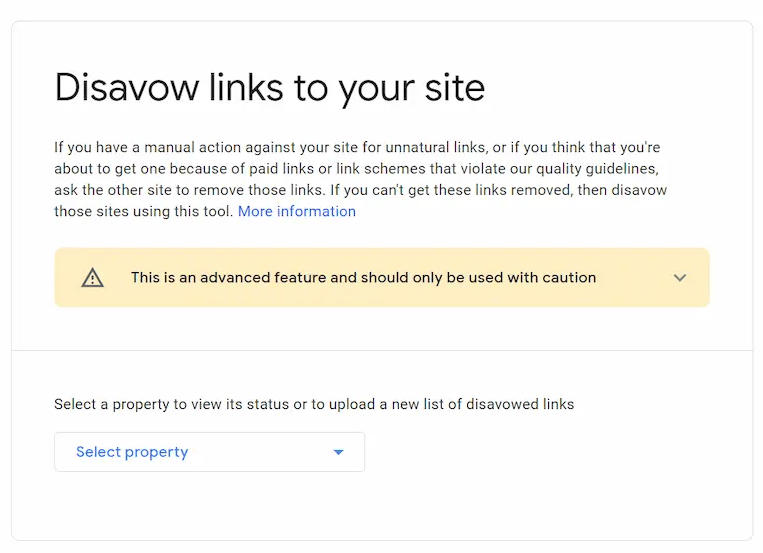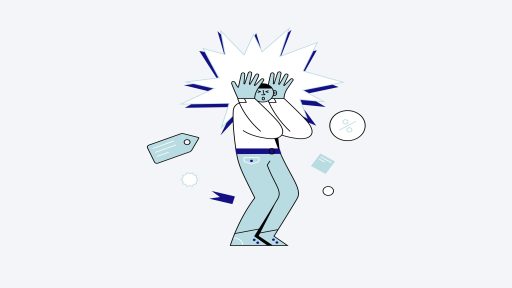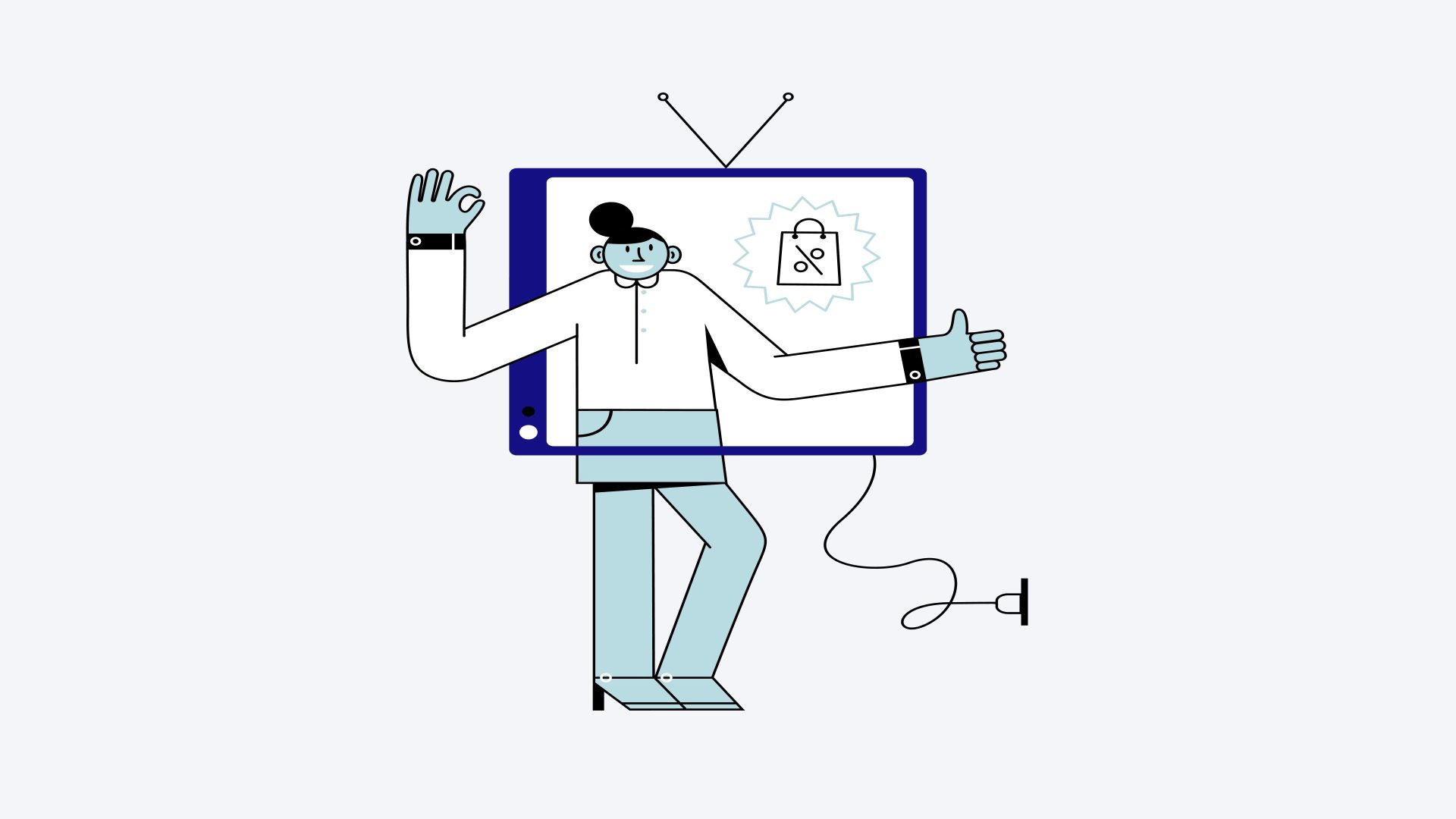How Harmful Backlinks Can Affect Your SEO Performance
While striving to enhance your website’s Google ranking, it’s essential to be aware that detrimental backlinks may be impeding your progress.
Toxic backlinks refer to damaging links originating from other unethical websites that can significantly harm your SEO endeavors.
In this article, we will delve into the concept of toxic backlinks, their implications on your site, and, most importantly, the actions you can take to address this issue.
Here are steps you can take to safeguard your website from these detrimental intruders.
Grasping the Notion of Harmful Backlinks
Toxic backlinks are essentially links that Google views as unnatural or spammy. They have the potential to cause your website to be downgraded if they suggest an attempt to manipulate its search rankings.
The impact of toxic backlinks on website rankings is quite debatable. Some argue that Google simply disregards them, while others, including Google itself, indicate that a website with numerous toxic backlinks directed at it is likely to be spammy or of low quality.
There are misconceptions surrounding these backlinks. Not every low-quality link is harmful; it’s the deceitful ones that you should be concerned about.
To steer clear of such links, steer clear of dubious SEO practices like purchasing links or engaging in link exchanges. Consider the long-term consequences on your site’s SEO performance before employing such strategies.
Google’s View on Spammy Links
Do spammy links impact your ranking in Google search results?
As per Google, the majority of websites won’t be affected by such links, as they are automatically discounted.
“Most websites do not need to be concerned about toxic links. It’s something that our algorithms, when encountering links they determine as harmful, will primarily overlook.”
John Mueller, Google
Mainly, right?
As is often the case with SEO, it varies. Nevertheless, Google has always been vigilant against link spam.
In 2012, Google introduced the Penguin algorithm, aimed at combating low-quality links. Consequently, websites that heavily relied on link-building strategies saw a significant drop in their rankings or even disappeared completely from search results.
Over time, Google has continually enhanced its ability to detect and penalize harmful links. When identified, Google automatically imposes penalties based on your link profile.
And their efforts to eliminate detrimental backlinks have not ceased.
In December 2022, Google unveiled “SpamBrain,” an AI-driven system to counter the influence of unnatural backlinks on search outcomes. This update targeted sites that buy links and those involved in link schemes.
According to Google, links acquired solely to manipulate search rankings qualify as link spam, and their algorithms and manual interventions are focused on rendering such links ineffective.
Furthermore, Google has encouraged users to report websites engaged in unnatural link building to facilitate ongoing enhancements in search quality.
Traits of Unhealthy Backlinks
You should be wary of links from low-quality or spammy sites, as they have the potential to harm your site’s ranking. Recognizing toxic backlinks is a vital aspect of any SEO approach.
These harmful links can significantly impact SEO, often resulting in penalties from Google and a decline in organic traffic.
Typical sources include
- Irrelevant websites
- Purchased links
- Link networks established for manipulative purposes.
Regularly monitoring backlinks is crucial; this proactive stance aids in identifying potential threats early on before they evolve into a detrimental SEO onslaught.
Semrush is one of the few tools available that automates toxic backlink monitoring. While I’ve explored other options, none compare to the functionalities they’ve presently implemented.
In the event of such an attack, swift action is essential to disavow these toxic backlinks and submit a reconsideration request to Google to facilitate your recovery process.
Approaches for Identifying and Eliminating Harmful Backlinks
It’s imperative to have a structured approach for identifying and eliminating detrimental links that could jeopardize your site’s SEO performance. Leverage backlink analysis tools to unearth toxic backlinks.
When identified, employ link removal tactics such as contacting website owners and requesting the removal of these harmful links. If outreach efforts yield no results, opt for submitting a disavow file; it prompts Google to disregard these links during its evaluation of your site’s ranking.
Undoubtedly, monitoring backlinks regularly plays a crucial role. It helps detect potential risks before they impact your site’s SEO well-being.
Strategies to Prevent the Accumulation of Harmful Backlinks
Preventing the buildup of harmful links involves not only removal but also implementing preventive measures.
The repercussions of toxic backlinks on SEO can be severe, potentially resulting in a Google penalty. To avert this, implement effective link building strategies.
Create compelling content that naturally attracts links and utilize relevant anchor text in your outbound links. Regularly assess your backlink profile using tools to identify toxic links, such as SEMrush or Ahrefs.
If you identify any harmful links, reach out to website owners for removal or utilize Google’s disavow tool if necessary.
In the unfortunate event of facing a Google penalty due to toxic backlinks, remember that recovery is achievable by removing these harmful links and enhancing your overall SEO practices.
The Risk of “Negative SEO”
Negative SEO poses a significant threat to your website’s ranking. This occurs when malicious actors bombard your site with numerous (typically automated) backlinks to prompt Google to downgrade your site.
Unethical competitors could resort to this tactic in an effort to tarnish your online reputation. Case studies of negative SEO attacks underscore the impact of toxic backlinks on SEO performance.
Disregarding these harmful links can lead to dire consequences.
One consequence is Google penalizing your site. This penalty may involve reducing your site’s rankings in search engine results or even removing it entirely from the index.
To mitigate the effects of negative SEO, it’s essential to regularly monitor for toxic backlinks.
If you discover them, the most expedient way to address the issue is by disavowing them using Google’s somewhat outdated disavow tool, which is technically still accessible within Google Search Console (keeping it in mind for future reference).

Utilizing the Google Search Console Disavow Tool to eliminate harmful backlinks
Disavowing informs Google to ignore those detrimental links when evaluating your site.
Another approach recommended is reaching out respectfully to the webmaster of that site and kindly requesting the removal of those links.
Not convinced? Me neither.
Using the GSC disavow tool is truly the most effective method to address toxic backlinks.
Measures to Combat Negative SEO Efficiently
Regularly monitoring backlinks is essential for detecting and eliminating these harmful components early on. By staying alert and frequently assessing your backlink profile, you can promptly identify any toxic links and take necessary steps to eliminate them.
Alongside monitoring and disavowing (removing) toxic backlinks, it’s crucial to follow guidelines for establishing organic and high-quality backlinks. This involves producing valuable content that attracts links, promoting social sharing of your content, and participating in guest blogging initiatives.
If your site is penalized by Google due to toxic backlinks, swift action is imperative. One effective measure is disavowing harmful links, informing Google that you do not want these links factored into your site’s credibility assessment.
Submitting a reconsideration request to Google is another critical step. This allows you to clarify the actions taken to remove toxic links and demonstrate your dedication to maintaining a high-standard website.
Ensuring a Vibrant Backlink Profile: A Comprehensive Guide
A clear understanding of the significance of maintaining a robust backlink profile for your site’s SEO is essential. Here’s why:
- Backlink examination: Regularly inspecting your backlinks ensures you secure beneficial links that enhance rather than harm your ranking.
- Best practices in link building: Naturally acquiring high-quality backlinks through content marketing and collaborations can enhance your site’s credibility.
- Role of anchor text in SEO: Strategically using relevant anchor text can efficiently direct traffic to specific pages.
However, toxic backlinks can adversely impact your website ranking. If identified during evaluation, it is advisable to promptly disavow them using Google’s Disavow Tool. This process notifies Google to disregard these harmful links when evaluating your site’s position in search results – a pivotal step in safeguarding your online reputation.
Frequently Posed Queries
Consequences of Inadvertently Creating a Harmful Backlink to Your Own Site
If an unintentional toxic backlink is formed, it can lead to self-inflicted SEO harm. Initiate the link removal process immediately. Your own detrimental links are as damaging as external ones.
Can Adverse Backlinks Impact Aspects Beyond Google Ranking on a Site?
Toxic backlinks can impair your site’s content reliability, affecting user confidence and engagement, not just Google rankings. To mitigate this, identify toxicity using SEO tools and apply strategies like disavowal to uphold a healthy backlink portfolio.
Duration for Google to Detect and Penalize a Site Having Harmful Backlinks
Once Google’s algorithm identifies toxic backlinks, the penalty duration varies. It may take weeks to months for identification and enforcement of penalties. The recovery process initiates when you start eliminating these detrimental links from your site.
Timeline for Ranking Enhancements Post Disavowing Toxic Backlinks
Following disavowing toxic backlinks, the timeframe for observing ranking improvements fluctuates. It relies on Google’s recrawling pace and can extend from several weeks to months. Monitor post-disavow alterations in rankings and reassess your recovery strategies accordingly.
Tools or Services for Proactively Preventing Toxic Backlink Creation
Backlink monitoring tools can proactively avert toxic backlinks by evaluating link quality, assisting in proactive SEO tactics. Steering clear of unethical SEO practices and adhering to sound link-building principles also aids in averting the creation of detrimental links.
Detox Your Links!
Now equipped with insights on toxic backlinks, commit to vigilance, regularly monitoring your backlink profile, and avoiding dubious linking methods.
If you identify any harmful links, don’t delay in disavowing them with Google. And always prioritize quality over quantity in your backlink strategy.
Remember these tips – they serve as your defense against negative SEO implications!


